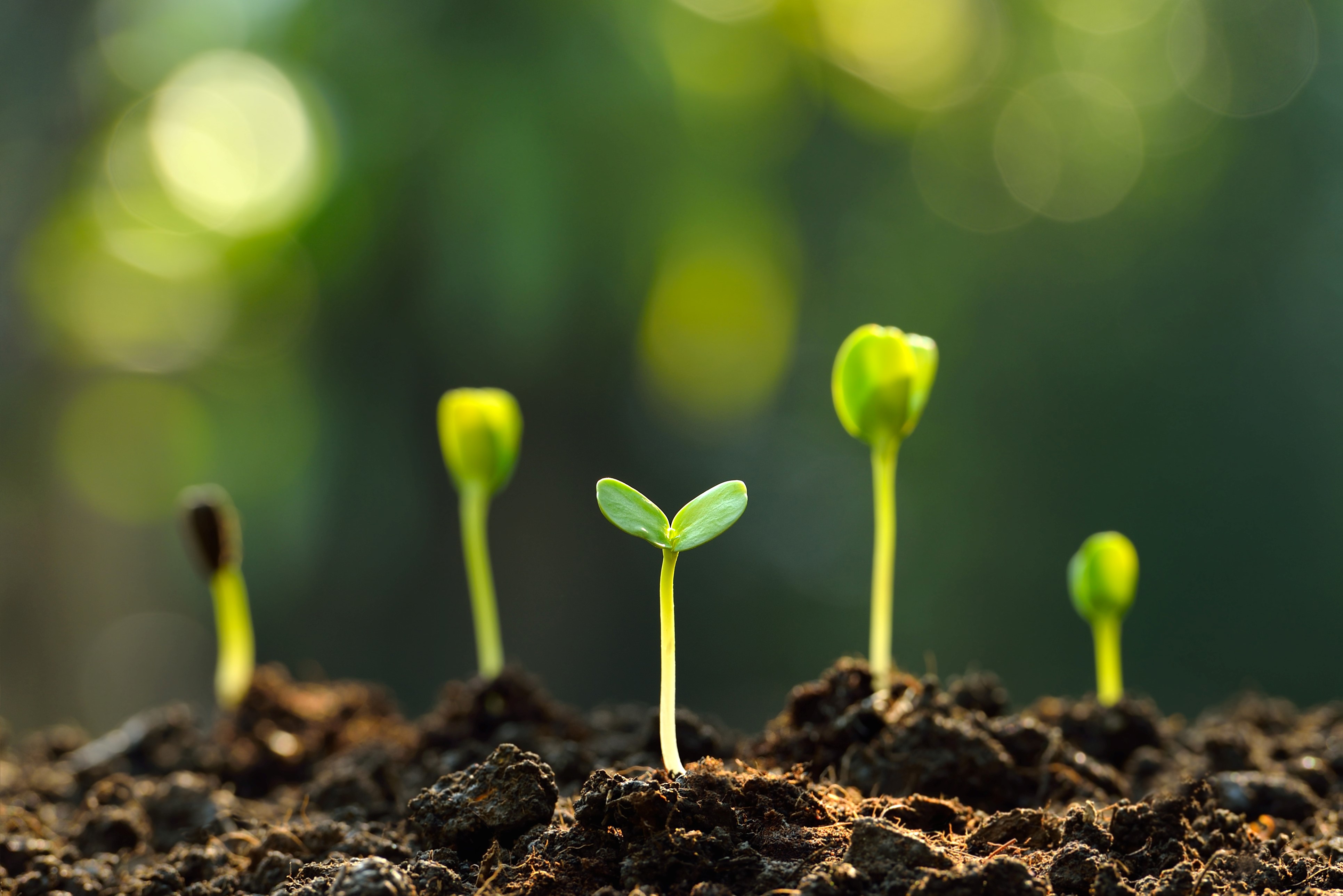
By Hans Wieland
I can’t really remember what came first: buying and cooking with whole foods, or consciously introducing more fermented foods in our diet and thus revisiting the food tradition our parents grew up with. Having bought a small farm in rural Ireland in 1985 and starting out to grow and produce most of our own food, it all fell into place naturally. We started growing vegetables and fermenting them for use in the winter, milking cows and goats and making cheeses, buying local grain in Enniscrone and baking with sourdough. I strongly believe that the ultimate culinary connections are between the soil and the gut, and between growing and cooking. Today I will make the connection with the visible prebiotic vegetables and the hidden or not visible probiotic bacteria, because eating organic whole foods rich in fibre (carbohydrates) is as important for your gut health as consuming fermented foods. But first things first!
“Grow” prebiotics to “feed” probiotics!
Probiotics and prebiotics both serve important health functions for our digestive system in the human gut. Probiotics are live microorganisms that live inside your gastrointestinal tract. They aid in digestion by essentially cleaning out the gut so that things keep flowing. Like all living things, probiotics need to be fed in order to remain active and healthy and to benefit us as much as possible.
Prebiotics are types of dietary fibre that feed the friendly bacteria in our gut. Prebiotics act as food for probiotics. In other words, probiotics eat prebiotics. This helps the gut bacteria produce nutrients for our colon cells and leads to a healthier digestive system. “The ultimate culinary connections are between the soil and the gut, and between growing and cooking.” In a nutshell, prebiotics are a type of undigestible plant fibre that can only be eaten by nice bacteria. The more food or prebiotics that probiotics have to eat, the more efficiently these live bacteria work and the healthier our gut will be. Much has been said about the health benefits of prebiotic food and higher intakes of prebiotics are linked to many health benefits like lower risk for cardiovascular disease, healthier cholesterol levels, improved digestion, and higher immune function.
Grow for your gut: Classic Prebiotic Vegetables Since fibre is the source for prebiotics, foods that are high in fibre are also typically high in prebiotics.
My top contenders on the prebiotic foods list are:
1. Chicory Root, popular for its coffeelike flavour and a replacement for coffee, is a great source of prebiotics.
2. Dandelion Greens are a great fibrerich substitute for greens in your salad or a spicy addition.
3. Jerusalem Artichokes have been shown to increase the friendly bacteria in the colon even better than chicory root. 4. Garlic and Onions not only give great flavour to our foods but provide us with prebiotics.
5. Asparagus is another great source of prebiotics and also protein.
Probiotics love Prebiotics and Prebiotics love Gardeners
As gardeners and growers we are in a very powerful position when it comes to gut health. We can grow the best prebiotic foods ourselves, but not all vegetables are the same and probiotics are choosy! They especially love vegetables from the onion family and the daisy family and many are very easy to grow. In the onion family we have garlic, onion, leeks, chives and scallions. Maybe not so well known are the members of the daisy family: Jerusalem artichoke, globe artichoke, chicory, endive, lettuce and scorzonera. Give Jerusalem and globe artichokes a permanent bed in your garden and you will be richly rewarded. Endive and chicory are fantastic salad plants throughout the winter months and deserve to be grown more. And then there is one of my favourite ‘unusual’ vegetables, yacon. I grow it in the polytunnel with great success and good yield. It tastes best raw, grated in a salad with carrots. Probiotics also love potato skins and cold potatoes. No wonder then that they love my favourite prebiotic dish: potato salad.










![amma-the-hugging-saint-150×150[1]](https://www.positivelife.ie/dev/wp-content/uploads/2008/12/amma-the-hugging-saint-150x1501.jpg)
